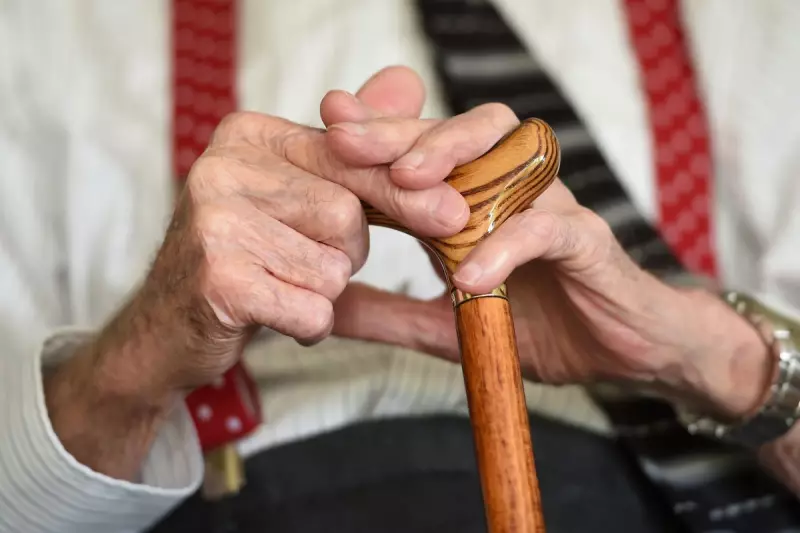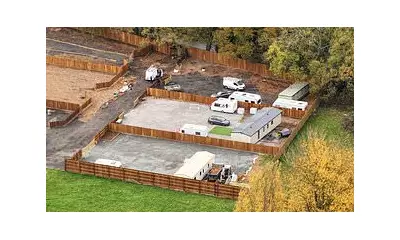
Haringey Council is confronting significant resistance to its ambitious £2 billion housing regeneration project, as community members and political opponents raise alarms about the scale and implications of the development.
The controversial scheme, known as the Haringey Development Vehicle (HDV), represents one of London's most substantial council-led regeneration efforts. The partnership between the council and private developer Lendlease aims to transform council estates and other council-owned properties across the borough.
Growing Opposition and Political Tensions
Local residents and community groups have expressed deep concerns about the potential impact on existing communities and the loss of genuinely affordable housing. The scale of the development has sparked fears of widespread displacement and the transformation of neighbourhood character.
Council leader Claire Kober has defended the initiative, stating it represents a necessary approach to addressing the borough's housing crisis while generating vital income for council services amid government funding cuts.
Cross-Party Concerns Emerge
The controversy has transcended traditional political boundaries, with criticism emerging from both within and outside the ruling Labour group. Several Labour councillors have joined community activists in questioning the partnership's structure and long-term consequences.
Opposition councillors have called for greater transparency and more thorough consultation with affected residents, arguing that the scale of the development demands broader community support.
Key Points of Contention
- The 50-50 partnership structure with private developer Lendlease
- Concerns about the loss of social housing and affordable rents
- Questions about the long-term control of public assets
- The scale of demolition and rebuilding proposed
- Transparency and community consultation processes
As the debate intensifies, the future of one of London's most significant regeneration projects hangs in the balance, with council meetings becoming increasingly heated and community protests growing in size and frequency.





